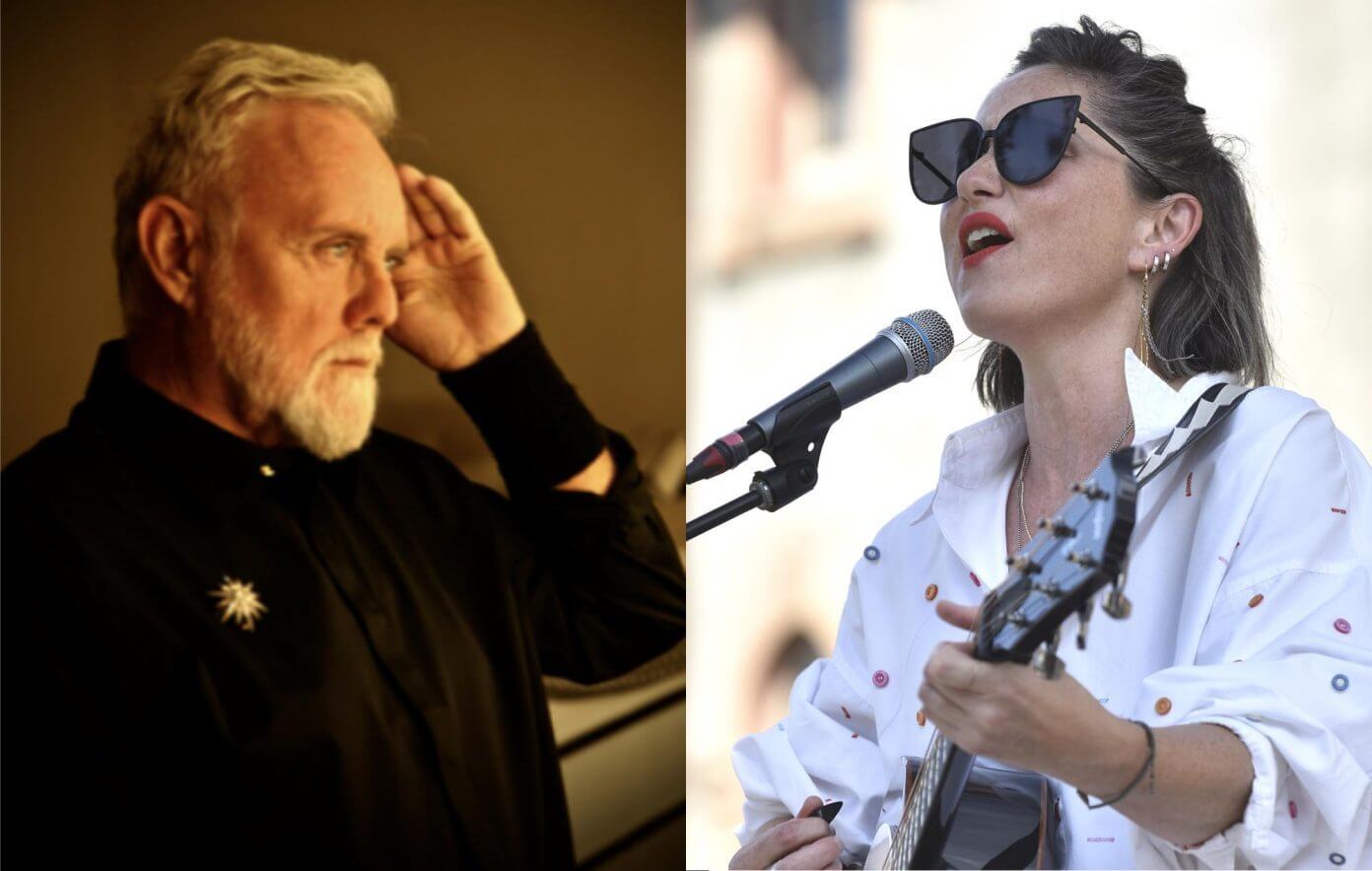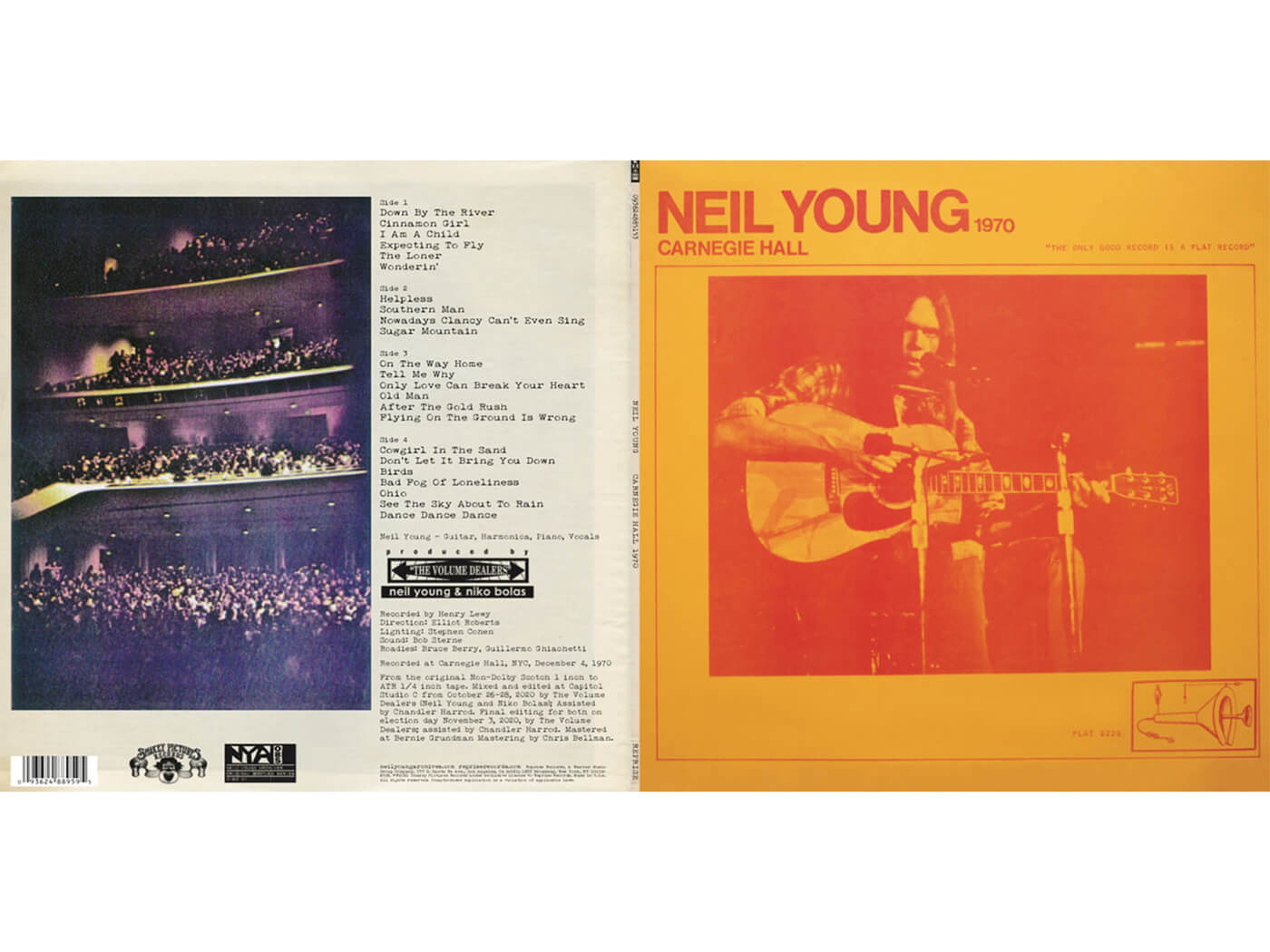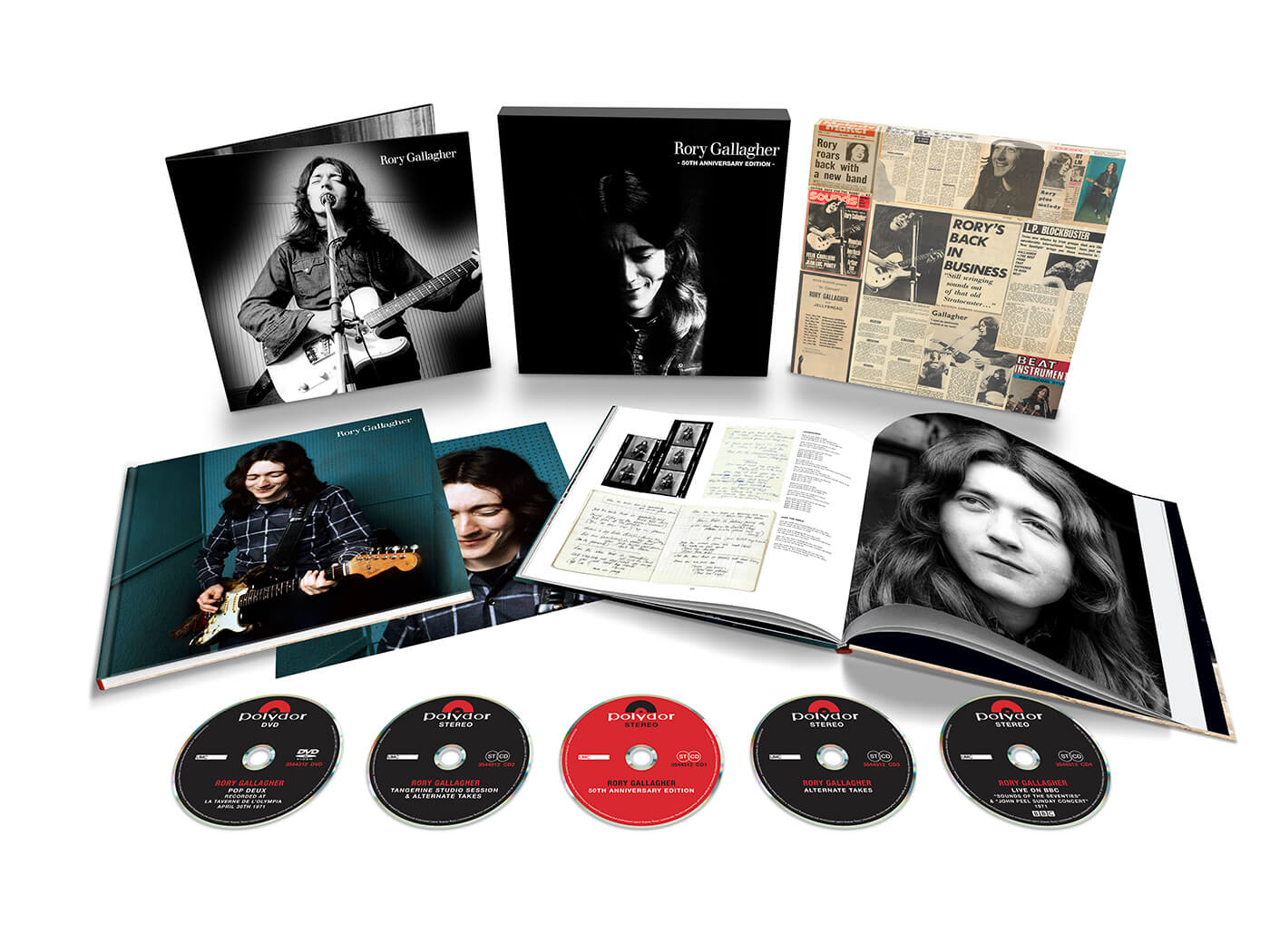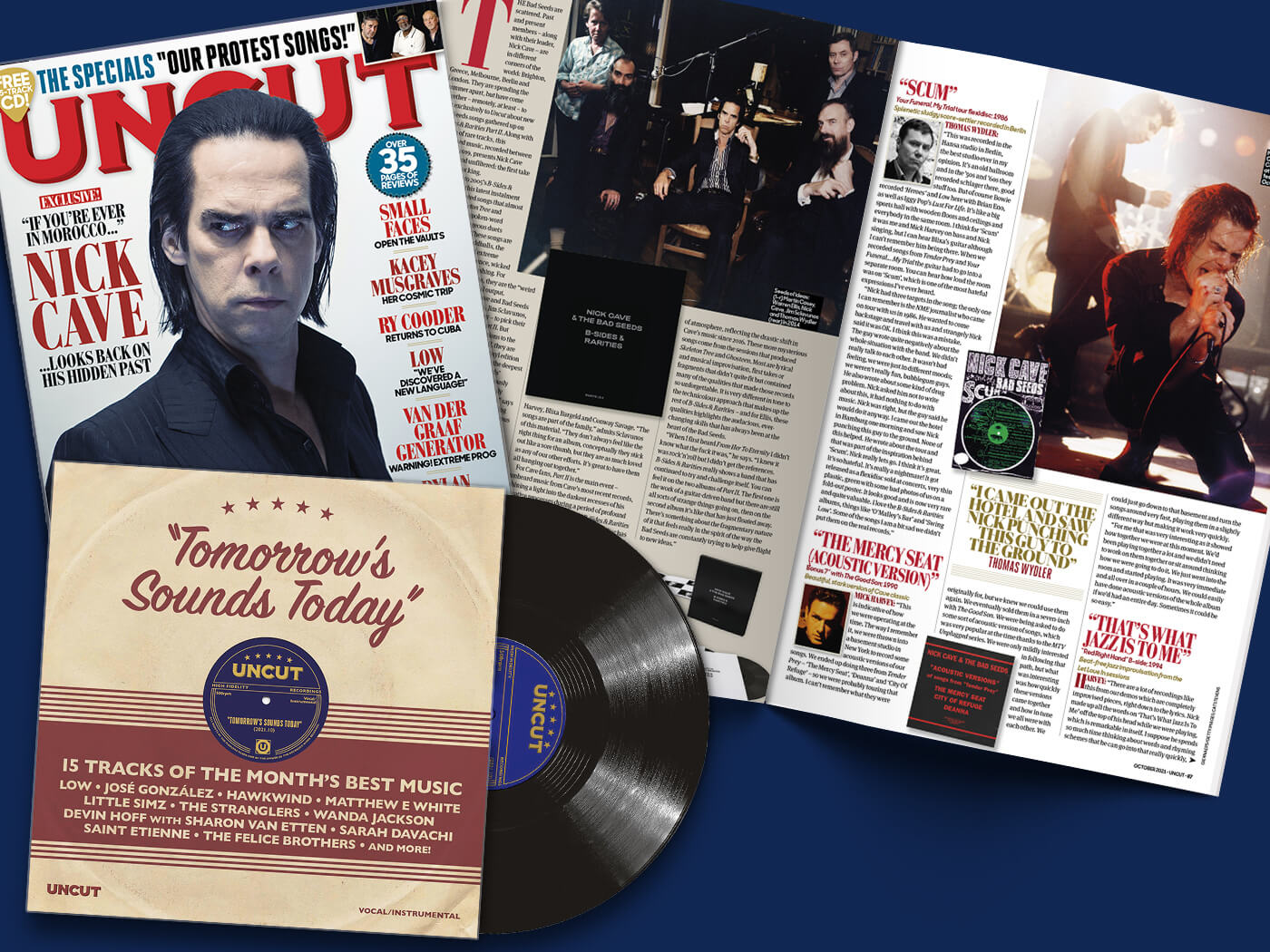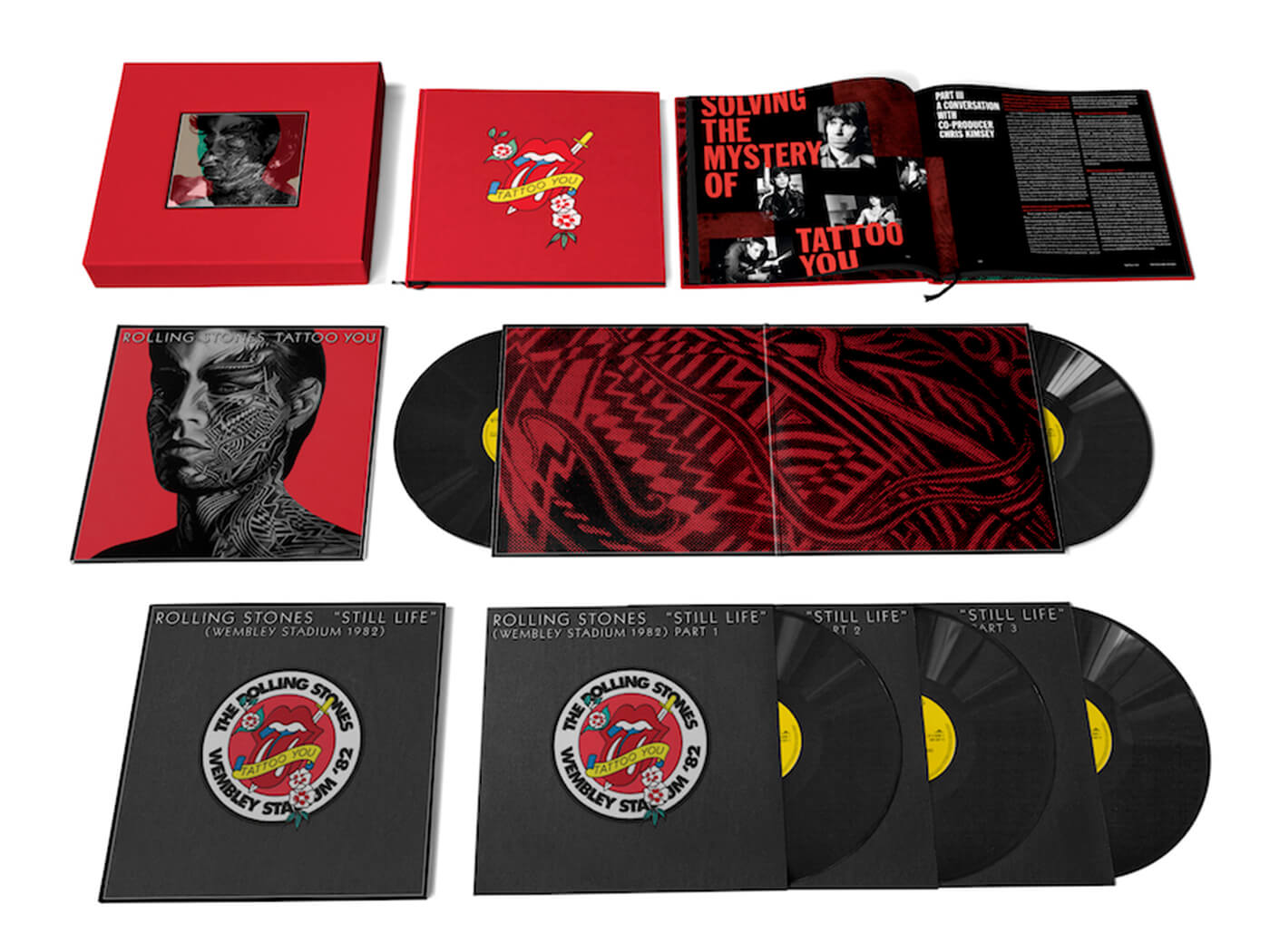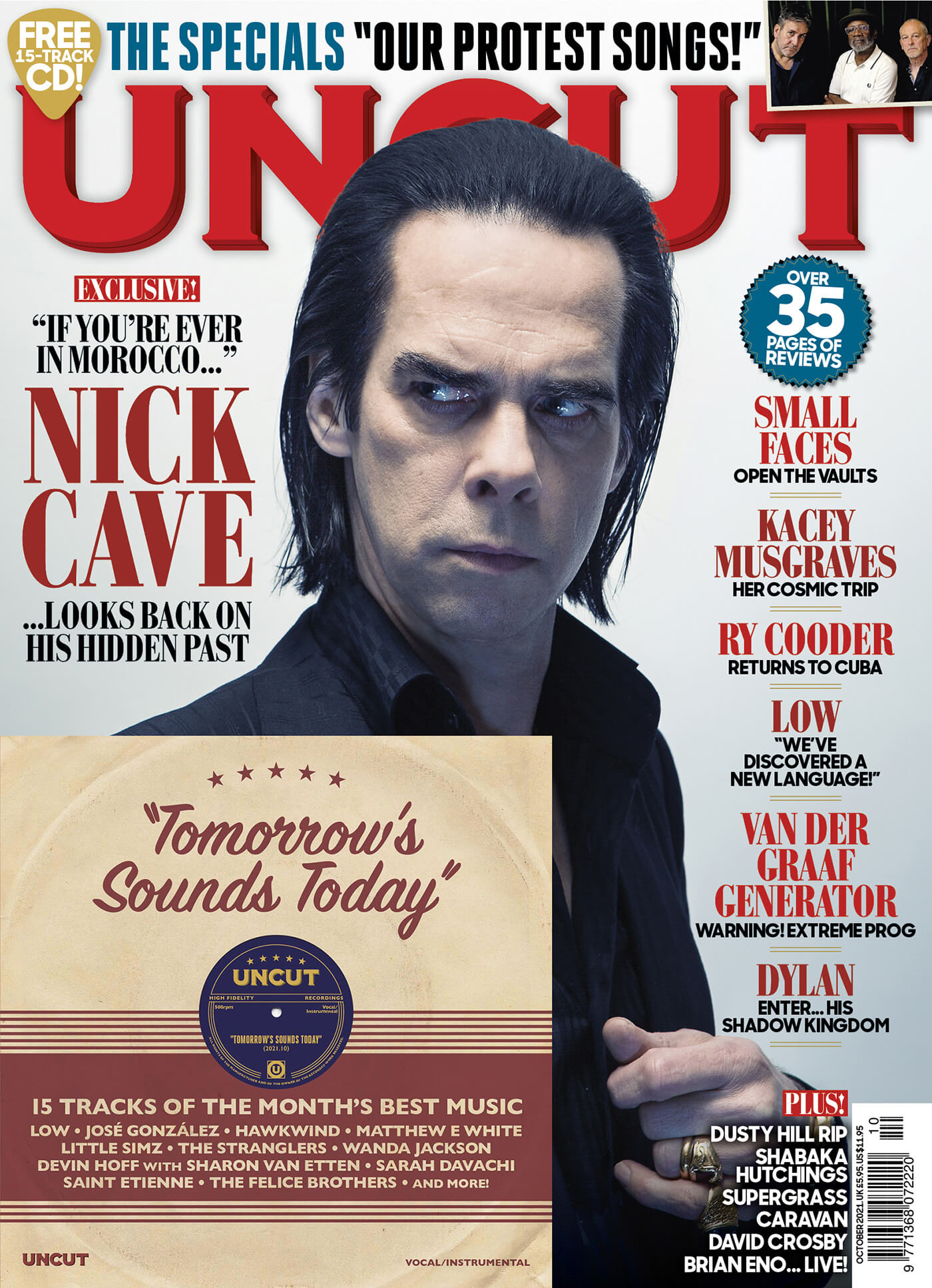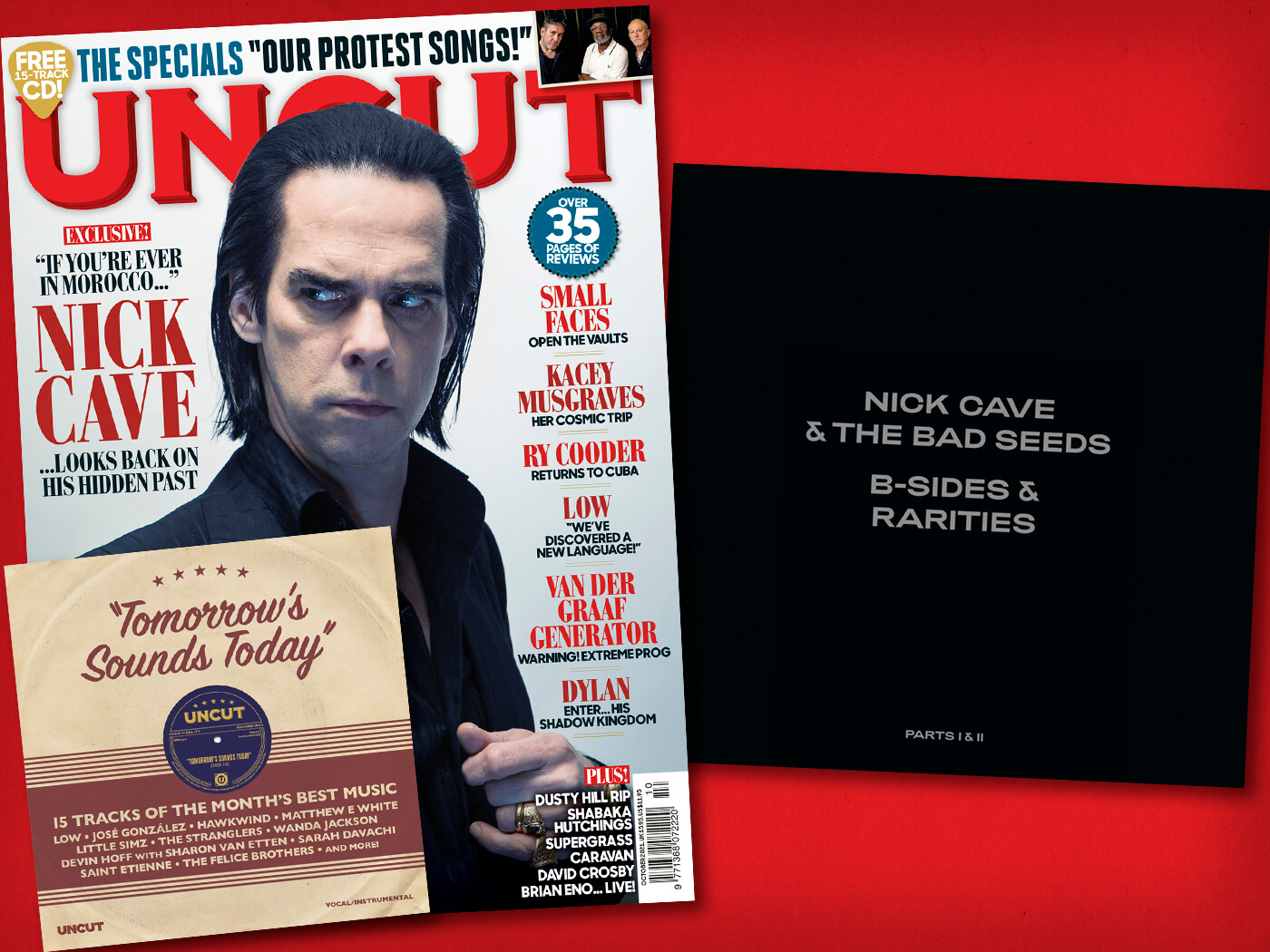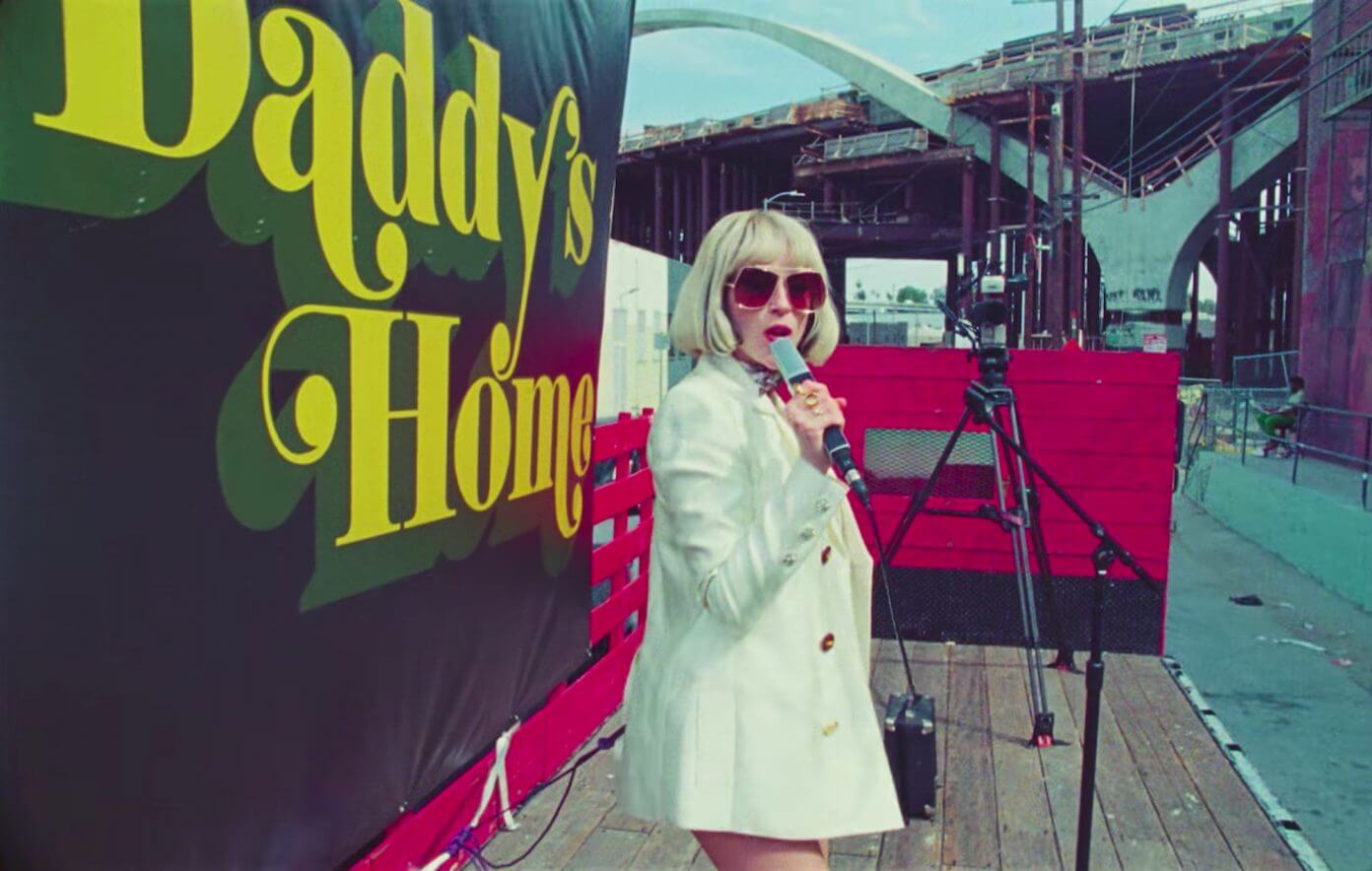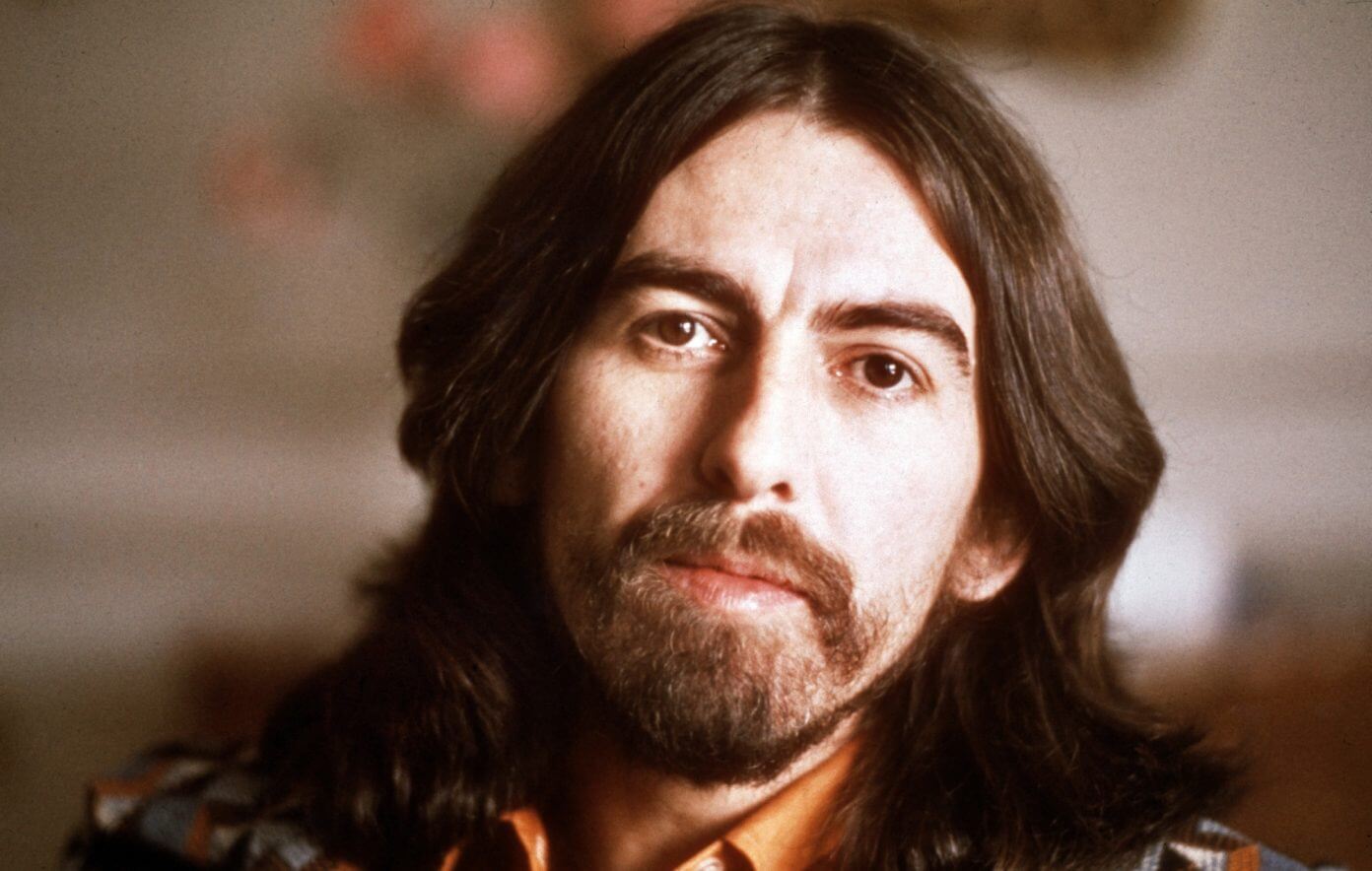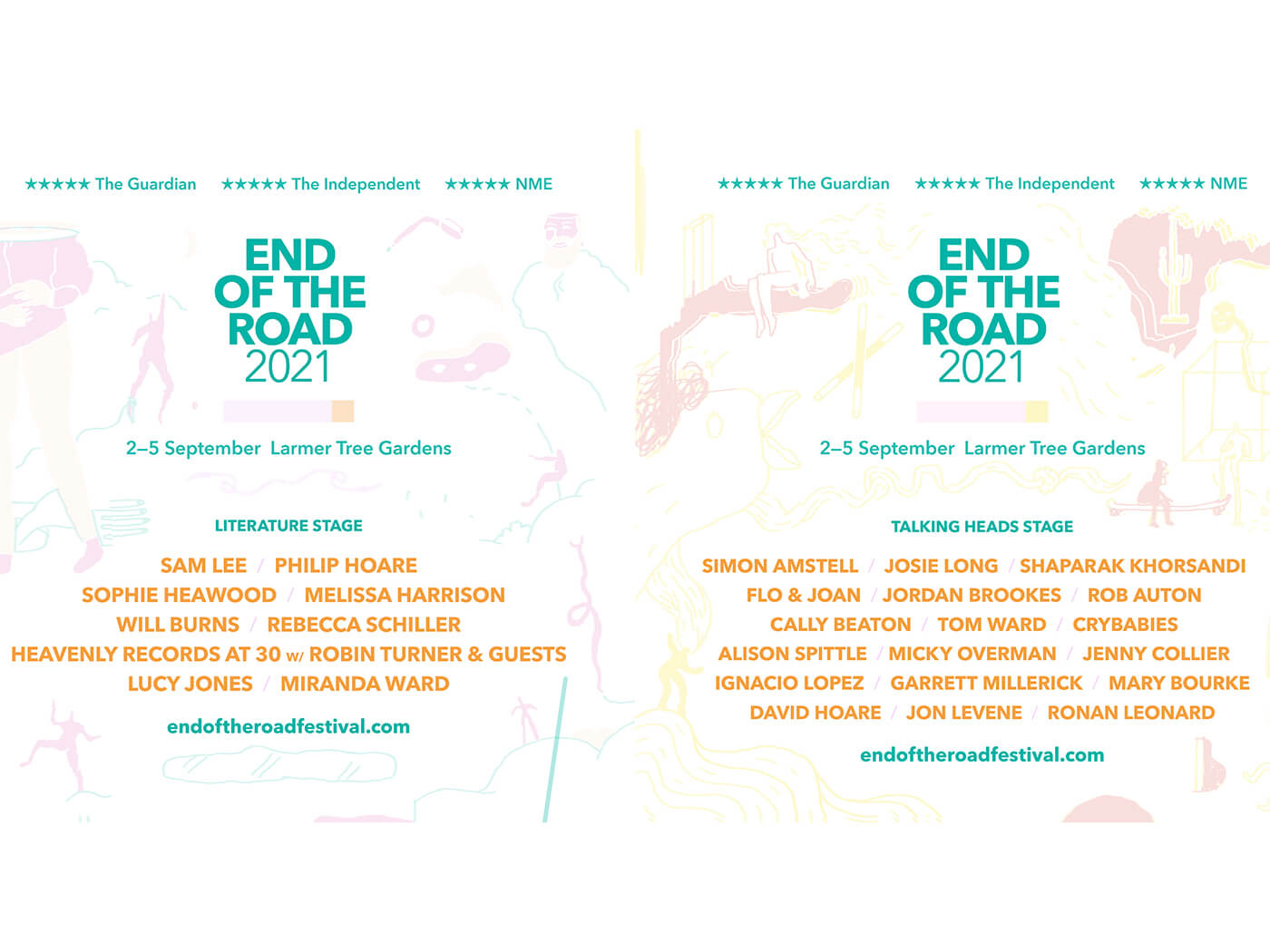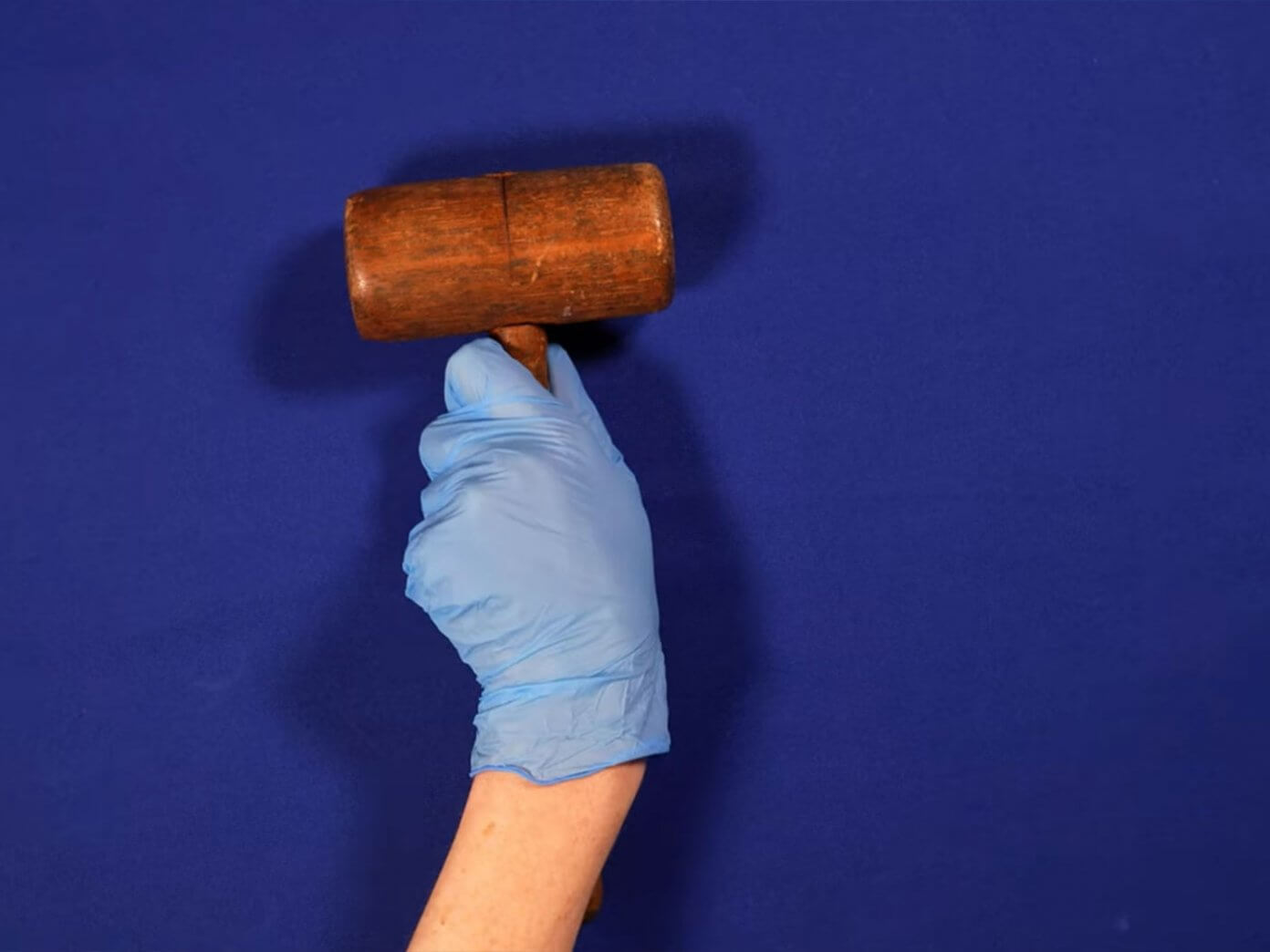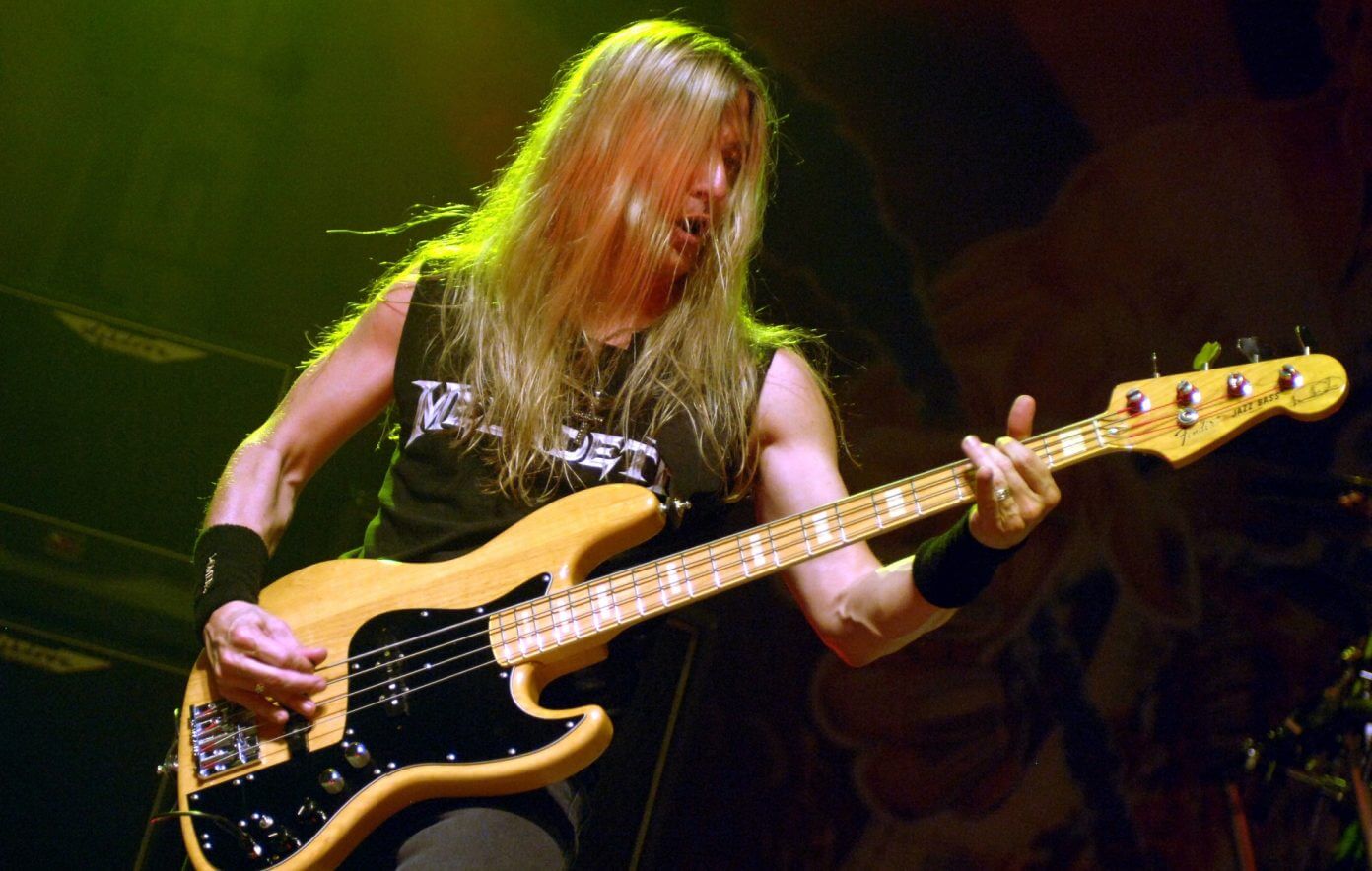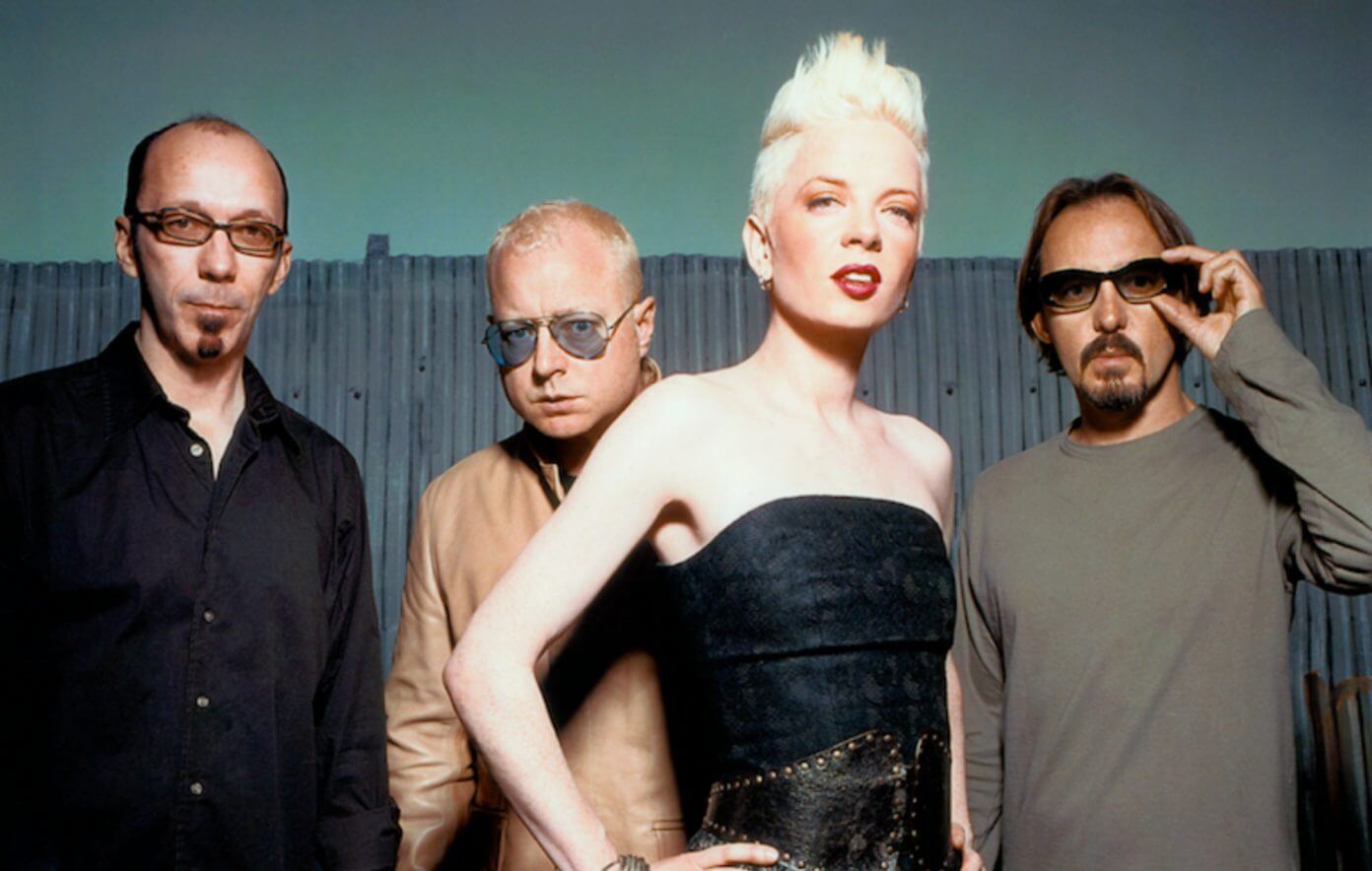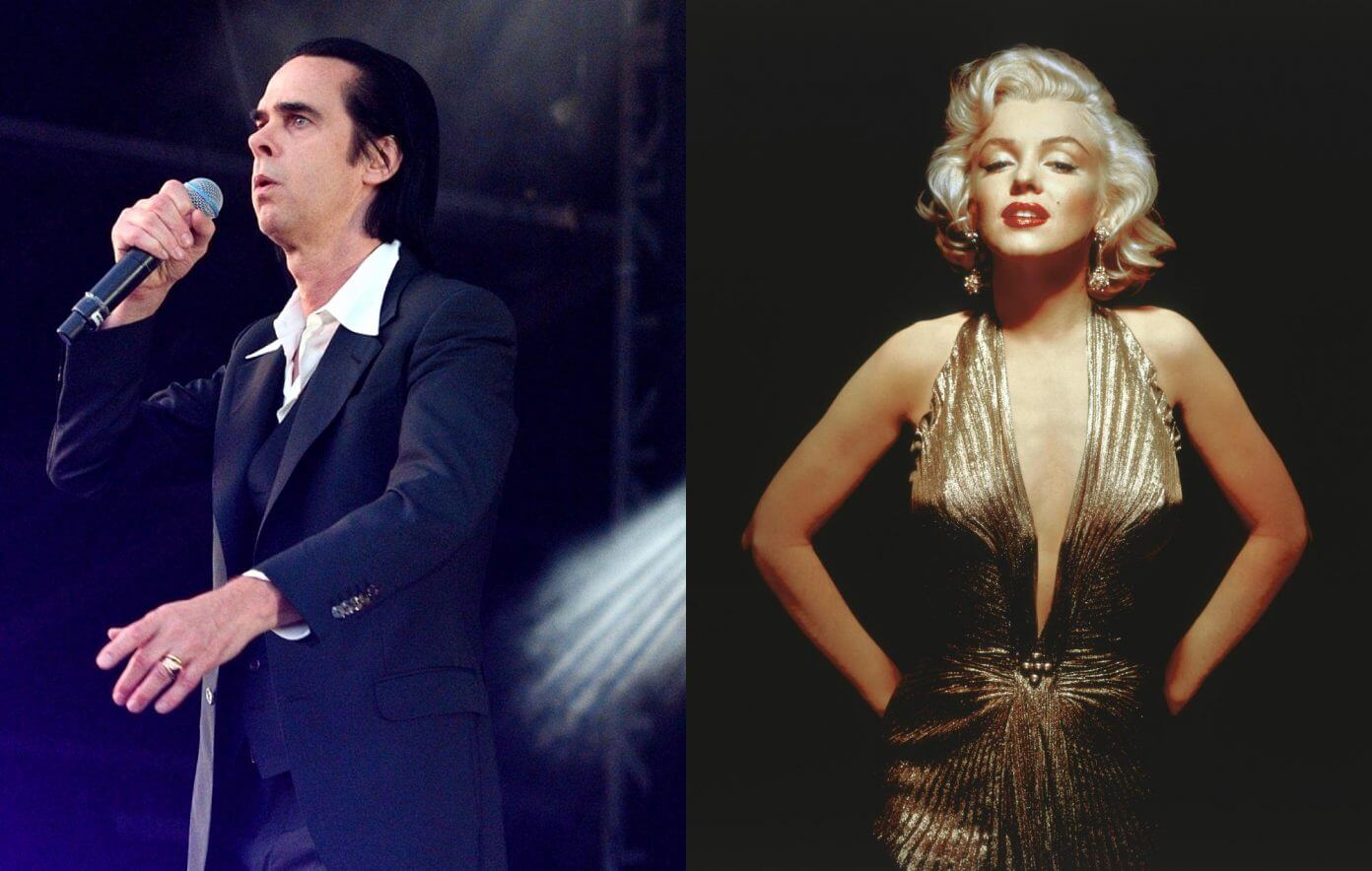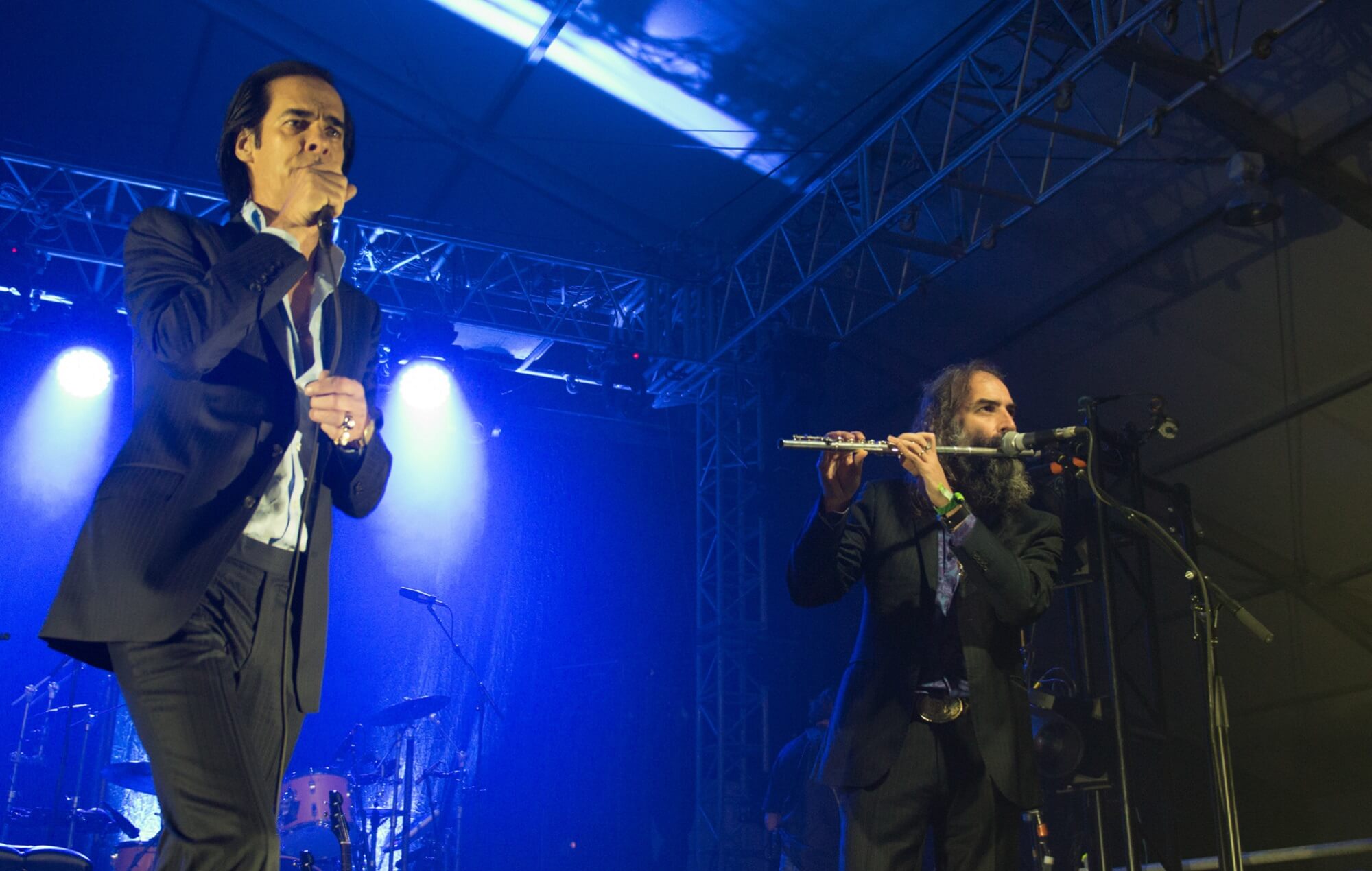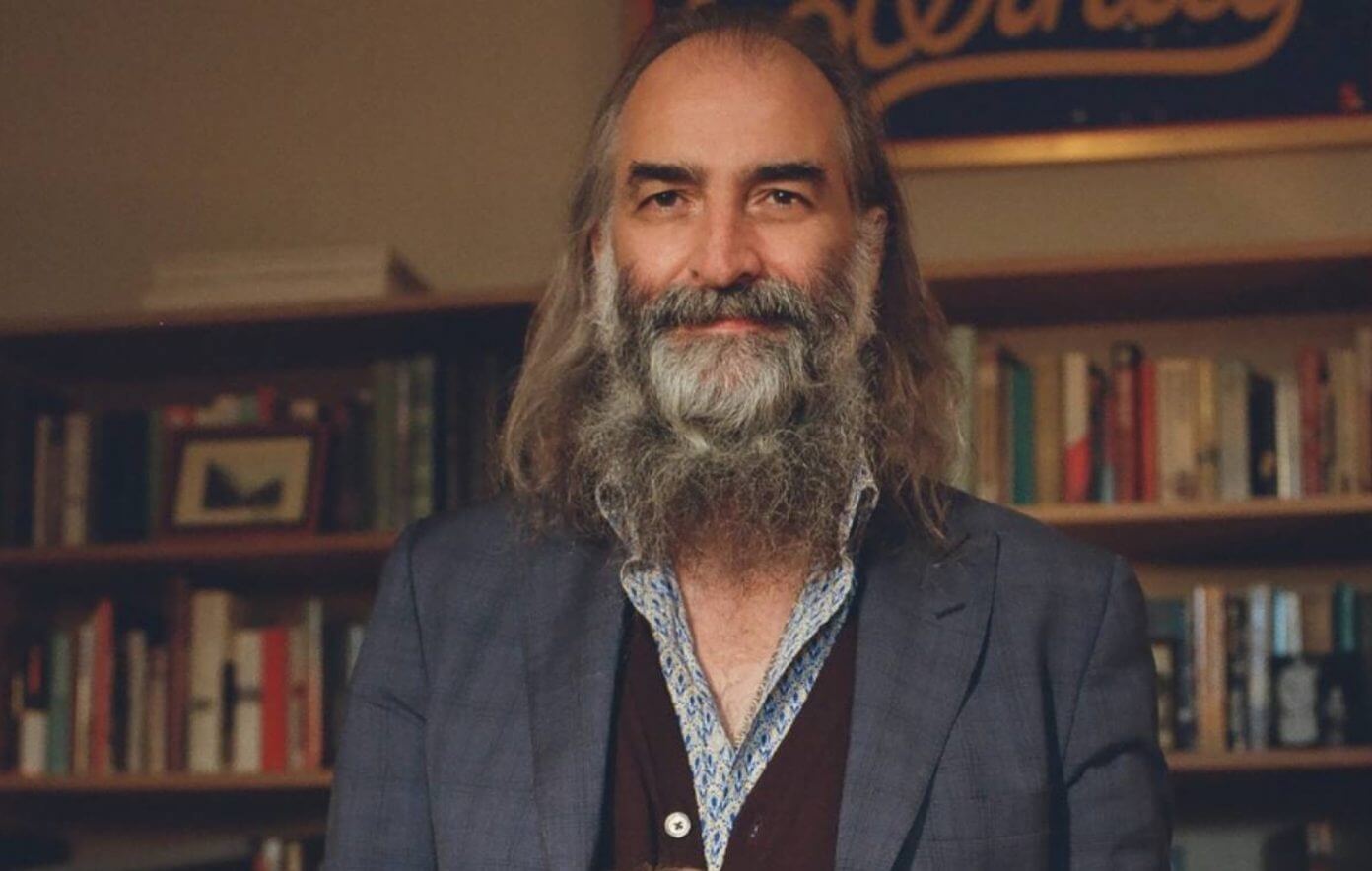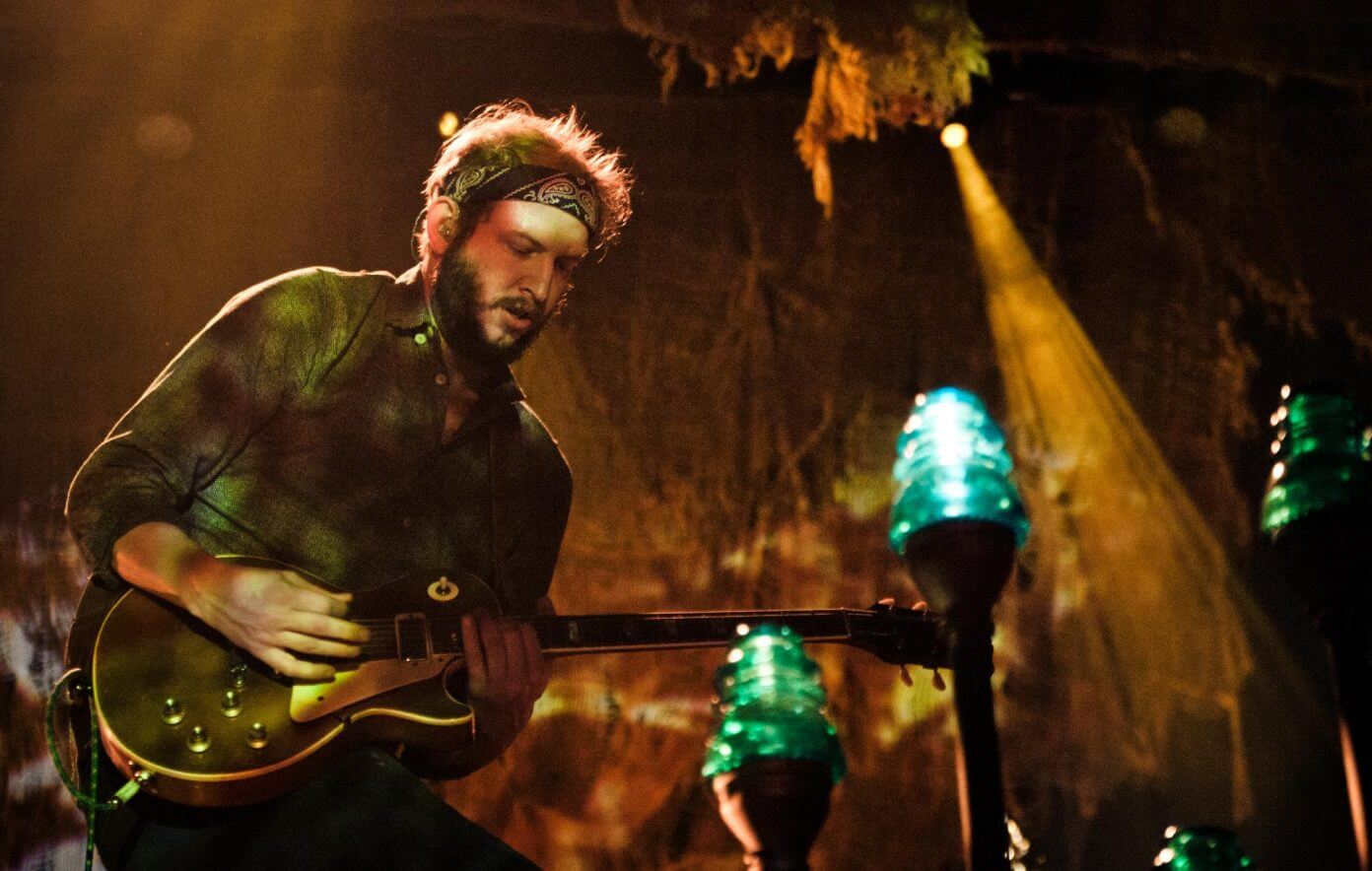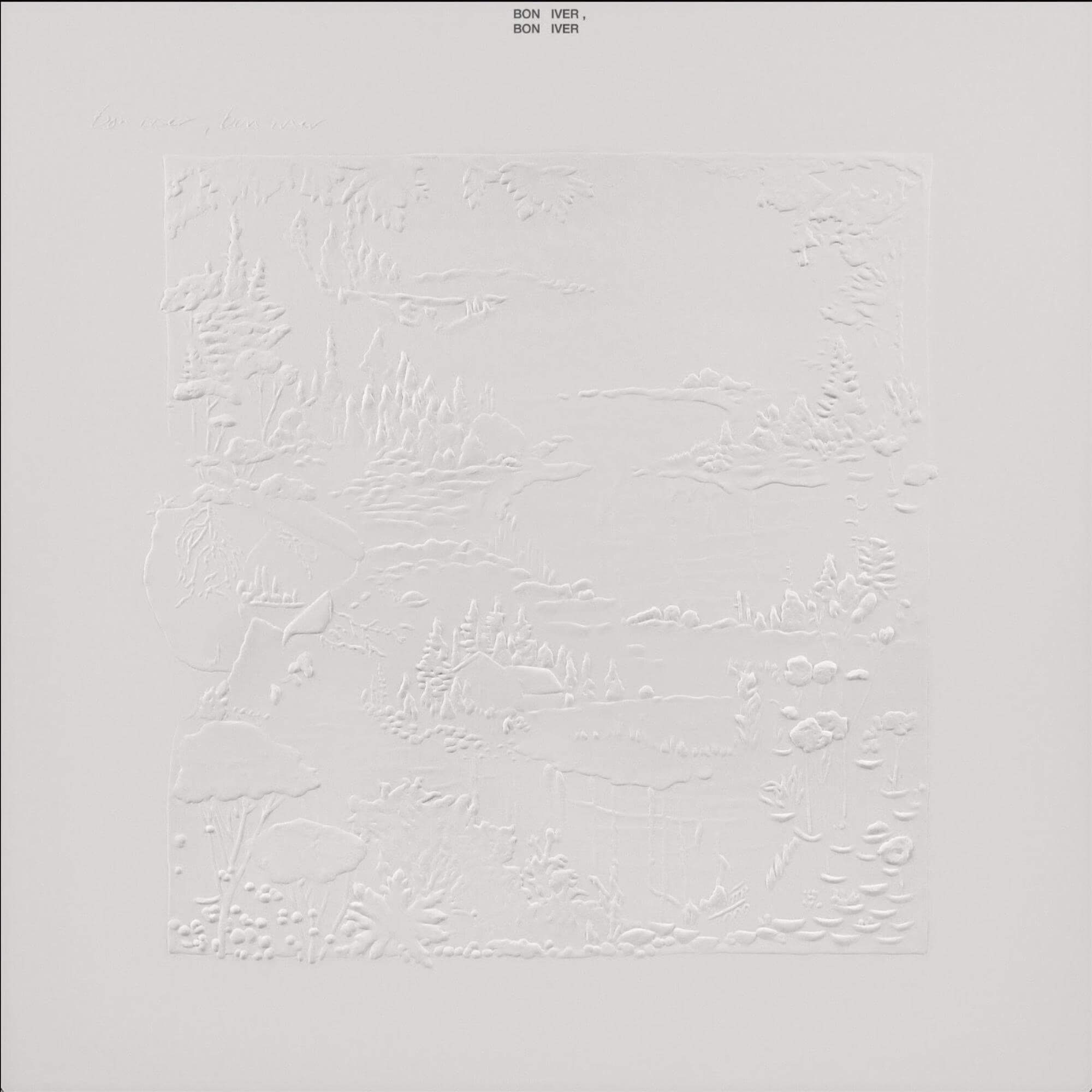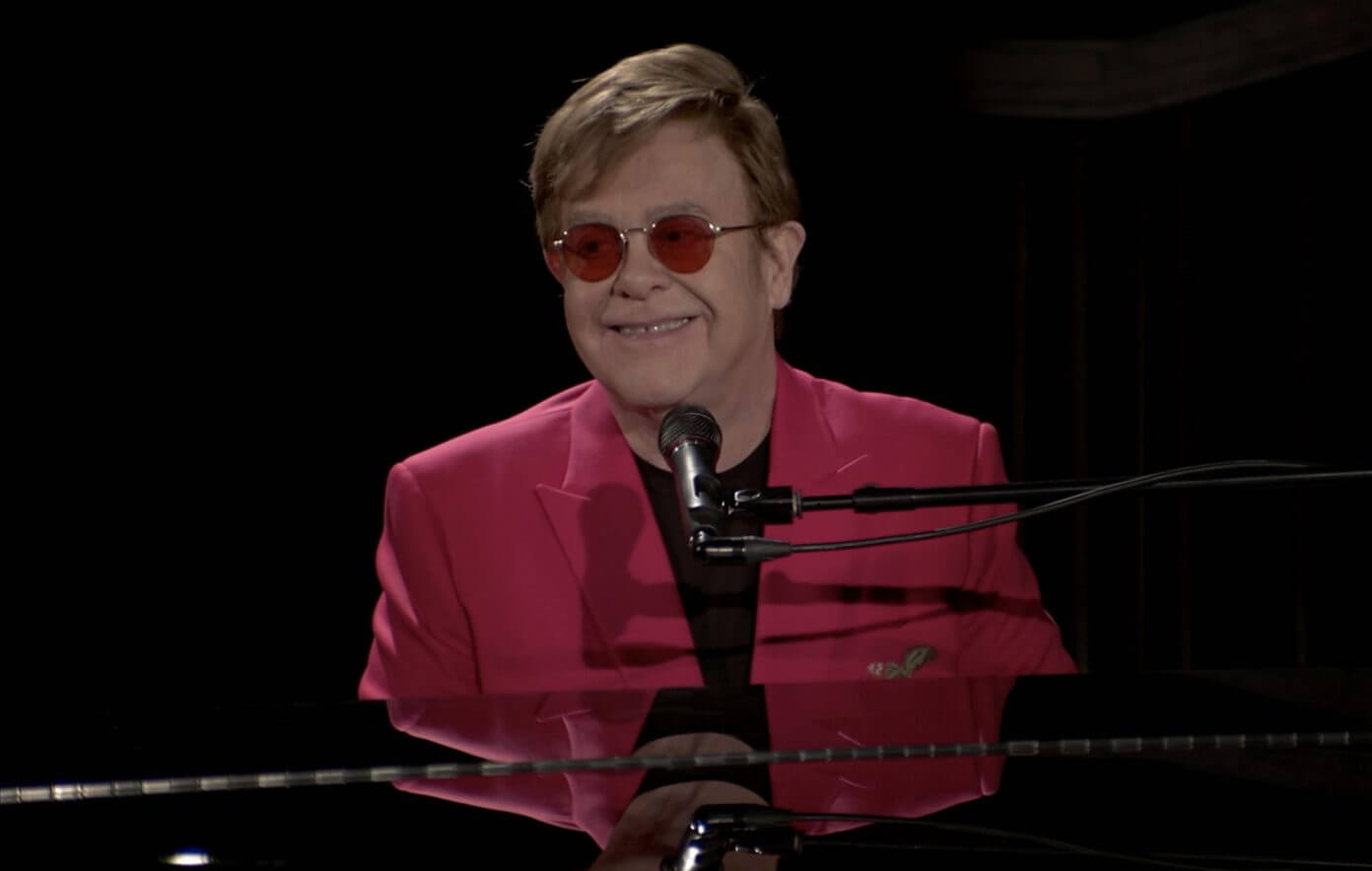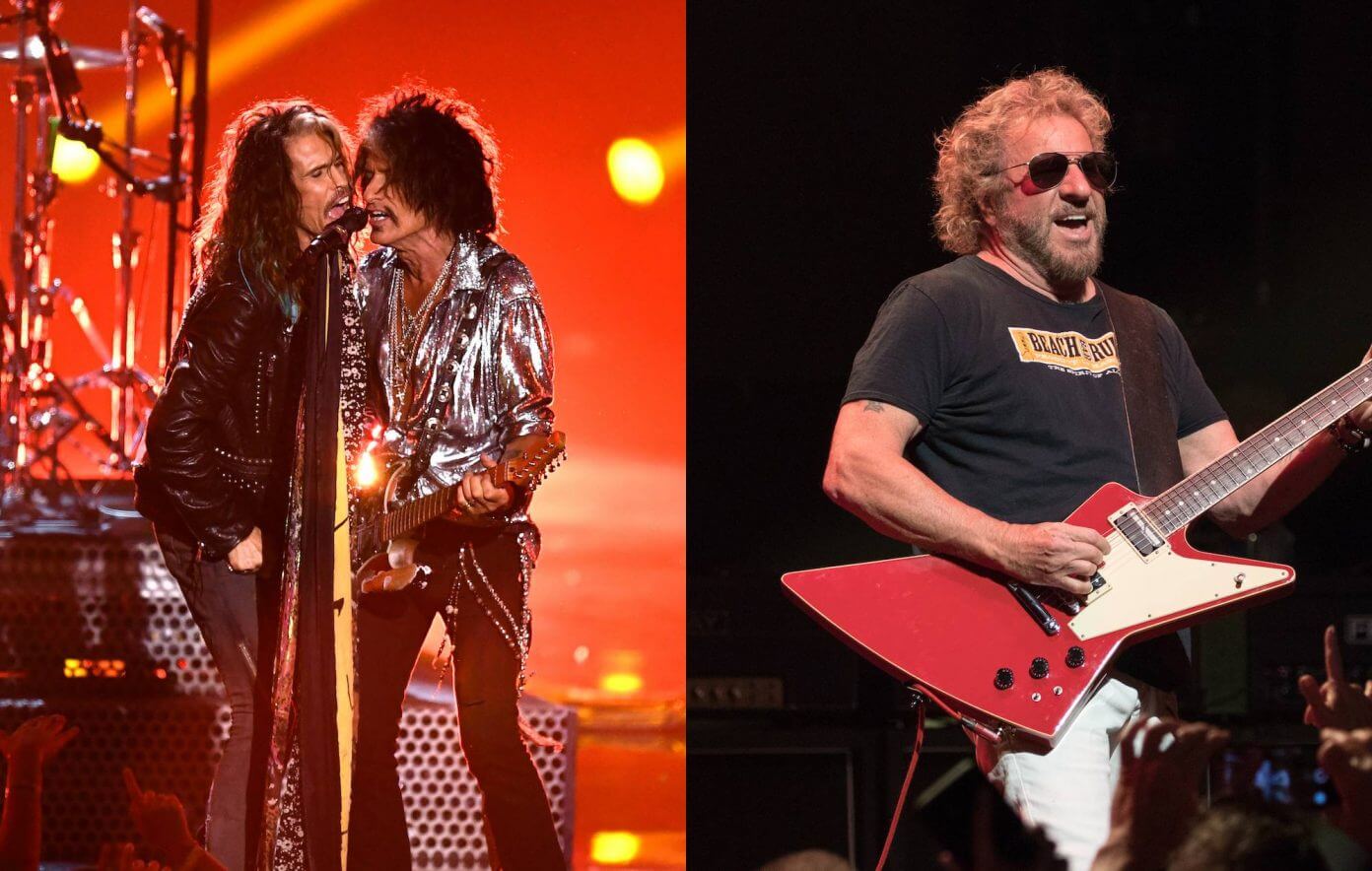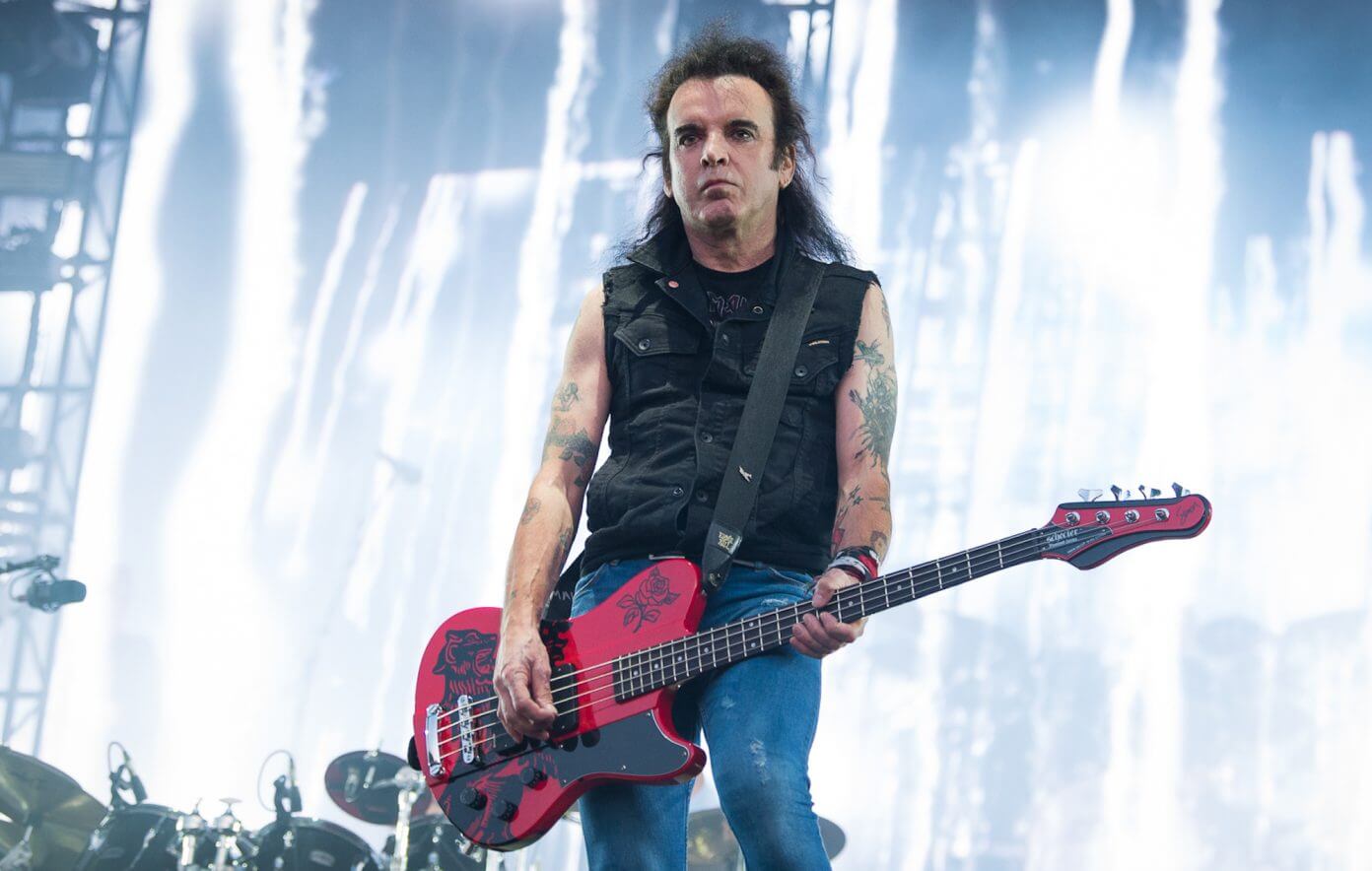The Rolling Stones are to mark the 40th anniversary of their Tattoo You album with a number of special editions.
The album will be accompanied by nine previously unreleased tracks, including “Living In The Heart Of Love“, which you can hear below:
The newly-remastered set is released on October 22 via Universal Music. Deluxe formats will also include Lost & Found: Rarities and Still Life: Wembley Stadium 1982.
The unreleased tracks also include versions of Jimmy Reed’s “Shame, Shame, Shame” and Dobie Gray’s “Drift Away” as well as a ‘reggae-tinged’ version of “Start Me Up“.
You’ll find the full tracklisting for the various editions below. You can pre-order by clicking here.
Standard CD
1. Start Me Up – Remastered 2021
2. Hang Fire – Remastered 2021
3. Slave – Remastered 2021
4. Little T&A – Remastered 2021
5. Black Limousine – Remastered 2021
6. Neighbours – Remastered 2021
7. Worried About You – Remastered 2021
8. Tops – Remastered 2021
9. Heaven – Remastered 2021
10. No Use In Crying – Remastered 2021
11. Waiting On A Friend – Remastered 2021
Deluxe 2CD
+ 20 page booklet including essay from Kevin Howlett & Jeff Slate
CD 1 – Tattoo You (2021 Remaster)
1. Start Me Up – Remastered 2021
2. Hang Fire – Remastered 2021
3. Slave – Remastered 2021
4. Little T&A – Remastered 2021
5. Black Limousine – Remastered 2021
6. Neighbours – Remastered 2021
7. Worried About You – Remastered 2021
8. Tops – Remastered 2021
9. Heaven – Remastered 2021
10. No Use In Crying – Remastered 2021
11. Waiting On A Friend – Remastered 2021
CD 2 – Lost & Found: Rarities
1. Living In The Heart Of Love
2. Fiji Jim
3. Troubles A’ Comin
4. Shame Shame Shame
5. Drift Away
6. It’s A Lie
7. Come To The Ball
8. Fast Talking Slow Walking
9. Start Me Up (Early Version)
4CD Super Deluxe Boxset
Includes 4 x CDS (CD1 – Remastered Album, CD2 – Bonus 9 Tracks + CD 3 & 4 – “Still Life” (Wembley Stadium Concert 1982)
+ Keith Richards Picture Disc + 124 Page Book featuring over 200 rare photos from recording sessions & world tour + interviews with producer Chris Kimsey & photographer Hubert Kretzschmar + Lenticular Art
CD 1 – Tattoo You (2021 Remaster)
1. Start Me Up – Remastered 2021
2. Hang Fire – Remastered 2021
3. Slave – Remastered 2021
4. Little T&A – Remastered 2021
5. Black Limousine – Remastered 2021
6. Neighbours – Remastered 2021
7. Worried About You – Remastered 2021
8. Tops – Remastered 2021
9. Heaven – Remastered 2021
10. No Use In Crying – Remastered 2021
11. Waiting On A Friend – Remastered 2021
CD 2 – Lost & Found: Rarities
1. Living In The Heart Of Love
2. Fiji Jim
3. Troubles A’ Comin
4. Shame Shame Shame
5. Drift Away
6. It’s A Lie
7. Come To The Ball
8. Fast Talking Slow Walking
9. Start Me Up (Early Version)
CD 3 & CD 4 – “Still Life” (Wembley Stadium Concert 1982)
1. Under My Thumb
2. When The Whip Comes Down
3. Let’s Spend The Night Together
4. Shattered
5. Neighbours
6. Black Limousine
7. Just My Imagination (Running Away With Me)
8. Twenty Flight Rock
9. Going To A Go Go
10. Chantilly Lace
11. Let Me Go
12. Time Is On My Side
13. Beast Of Burden
14. Let It Bleed
1. You Can’t Always Get What You Want
2. Band Introductions
3. Little T&A
4. Tumbling Dice
5. She’s So Cold
6. Hang Fire
7. Miss You
8. Honky Tonk Women
9. Brown Sugar
10. Start Me Up
11. Jumpin’ Jack Flash
12. (I Can’t Get No) Satisfaction
1LP Standard
180g Black Vinyl
Side A
1. Start Me Up – Remastered 2021
2. Hang Fire – Remastered 2021
3. Slave – Remastered 2021
4. Little T&A – Remastered 2021
5. Black Limousine – Remastered 2021
6. Neighbours – Remastered 2021
Side B
7. Worried About You – Remastered 2021
8. Tops – Remastered 2021
9. Heaven – Remastered 2021
10. No Use In Crying – Remastered 2021
11. Waiting On A Friend – Remastered 2021
2LP Deluxe Black Vinyl
180g Double Black Vinyl in Gatefold sleeve
Side A
1. Start Me Up – Remastered 2021
2. Hang Fire – Remastered 2021
3. Slave – Remastered 2021
4. Little T&A – Remastered 2021
5. Black Limousine – Remastered 2021
6. Neighbours – Remastered 2021
Side B
7. Worried About You – Remastered 2021
8. Tops – Remastered 2021
9. Heaven – Remastered 2021
10. No Use In Crying – Remastered 2021
11. Waiting On A Friend – Remastered 2021
Side C
1. Living In The Heart Of Love
2. Fiji Jim
3. Troubles A’ Comin
4. Shame Shame Shame
5. Drift Away
Side D
6. It’s A Lie
7. Come To The Ball
8. Fast Talking Slow Walking
9. Start Me Up (Early Version)
2LP Deluxe Clear Vinyl (The Rolling Stones Store Exclusive)
180g Double Clear Vinyl in Gatefold sleeve
Side A
1. Start Me Up – Remastered 2021
2. Hang Fire – Remastered 2021
3. Slave – Remastered 2021
4. Little T&A – Remastered 2021
5. Black Limousine – Remastered 2021
6. Neighbours – Remastered 2021
Side B
7. Worried About You – Remastered 2021
8. Tops – Remastered 2021
9. Heaven – Remastered 2021
10. No Use In Crying – Remastered 2021
11. Waiting On A Friend – Remastered 2021
Side C
1. Living In The Heart Of Love
2. Fiji Jim
3. Troubles A’ Comin
4. Shame Shame Shame
5. Drift Away
Side D
6. It’s A Lie
7. Come To The Ball
8. Fast Talking Slow Walking
9. Start Me Up (Early Version)
5LP Super Deluxe Boxset
Includes 5 x 180g Heavyweight Vinyl. (LP1 Brand New 2021 Remaster of Tattoo You, LP2 Lost & Found: 9 Previously Unreleased Tracks, LP3, 4 & 5 “Still Life” Live At Wembley Stadium 1982)
Plus 124 page hardback book featuring over 200 rare photos from recording sessions & world tour + interviews with producer Chris Kimsey & photographer Hubert Kretzschmar + Lenticular Art
Side A
1. Start Me Up – Remastered 2021
2. Hang Fire – Remastered 2021
3. Slave – Remastered 2021
4. Little T&A – Remastered 2021
5. Black Limousine – Remastered 2021
6. Neighbours – Remastered 2021
Side B
7. Worried About You – Remastered 2021
8. Tops – Remastered 2021
9. Heaven – Remastered 2021
10. No Use In Crying – Remastered 2021
11. Waiting On A Friend – Remastered 2021
Side C
1. Living In The Heart Of Love
2. Fiji Jim
3. Troubles A’ Comin
4. Shame Shame Shame
5. Drift Away
Side D
6. It’s A Lie
7. Come To The Ball
8. Fast Talking Slow Walking
9. Start Me Up (Early Version)
Side E
1. Under My Thumb
2. When The Whip Comes Down
3. Let’s Spend The Night Together
4. Shattered
5. Neighbours
Side F
6. Black Limousine
7. Just My Imagination (Running Away With Me)
8. Twenty Flight Rock
9. Going To A Go Go
Side G
1. Chantilly Lace
2. Let Me Go
3. Time Is On My Side
4. Beast Of Burden
Side H
5. Let It Bleed
6. You Can’t Always Get What You Want
7. Band Introductions
8. Little T&A
Side J
1. Tumbling Dice
2. She’s So Cold
3. Hang Fire
4. Miss You
5. Honky Tonk Women
Side K
6. Brown Sugar
7. Start Me Up
8. Jumpin’ Jack Flash
9. (I Can’t Get No) Satisfaction



